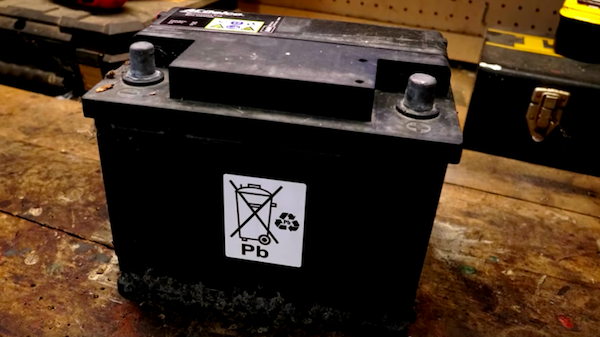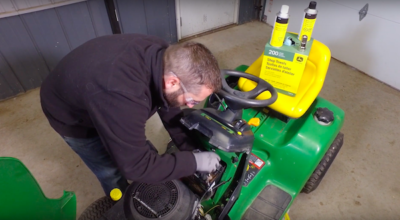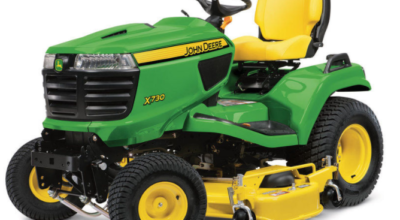In order to make the most out of your John Deere equipment, it is critical to preserve each part of the machine, including the battery. Battery failure can be broken down into three individual categories: heat, vibration, and lack of maintenance. An awareness of these three areas is the first step in making sure that everything is running the way that it should be.

Understanding battery failure is a necessary component of guaranteeing your John Deere machine continues to run smoothly while accomplishing a range of tasks. Watch the video below to learn more about diagnosing the top three causes.
Why Batteries Fail
Heat
Once temperatures begin to drop, most people experience battery issues and assume it is because of the cold weather – the reality is that battery failure is usually a result of high heat from previous months. High climates cause evaporation of the battery’s electrolytes, also known as gassing, and lead to a high acid concentration in addition to a low electrolyte volume. Once fluid level drops significantly, the damage becomes irreversible.
Vibration
Operators driving over uneven terrain will experience vibration which can cause positive material on a plate to shed. Once this happens, battery life may be shortened as a result of increased resistance and reduced capacity. Prolonged vibration can also lead to broken welds of the plates or even an internal short.
As it can be difficult to avoid this cause of battery failure, operators should consider options with a higher vibration resistance, such as John Deere StrongBox batteries.
Lack of Maintenance
Although it is nearly impossible to prevent the effects of heat and vibration on battery life, operators can take the necessary steps to avoid this third leading cause of battery failure – lack of maintenance. By checking the fluid level in battery cells, operators can prevent inefficient recharging and damage to the battery itself. Low fluid levels can be managed simply by adding distilled water until plates are covered.
Once identifying the cause of battery failure within your equipment, an appropriate course of action can be established in order to enhance overall efficiency for years to come.
If you enjoyed this post or want to read others, feel free to connect with us on Facebook, Twitter or Pinterest!


